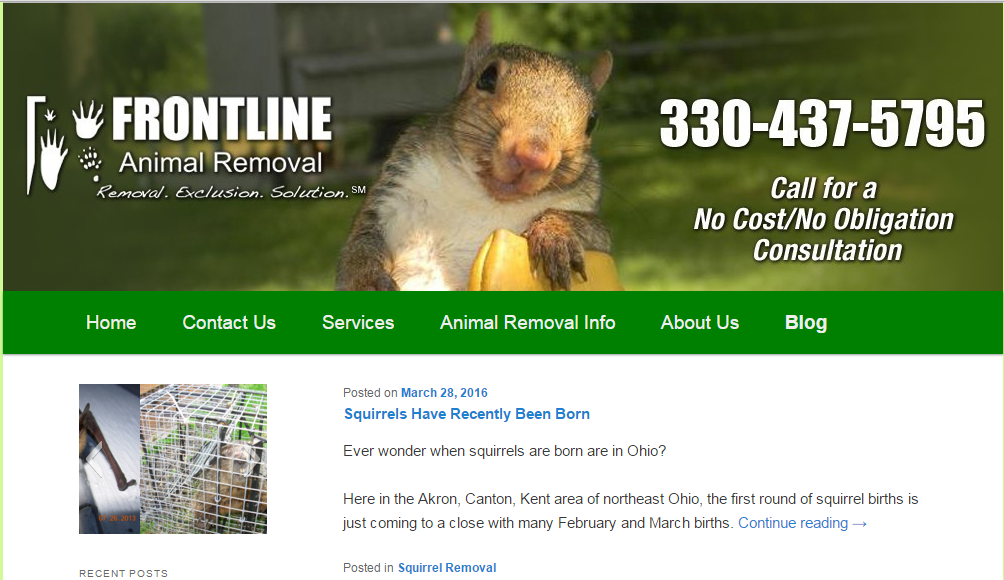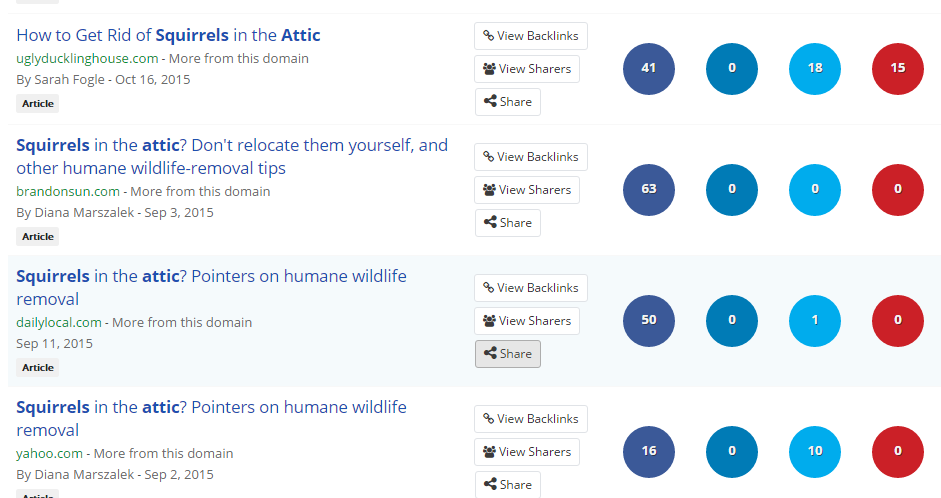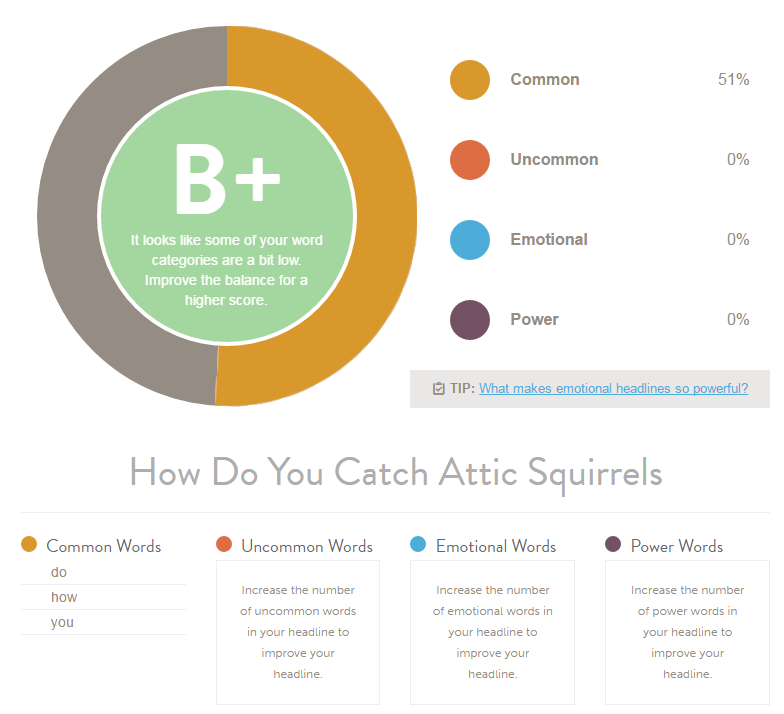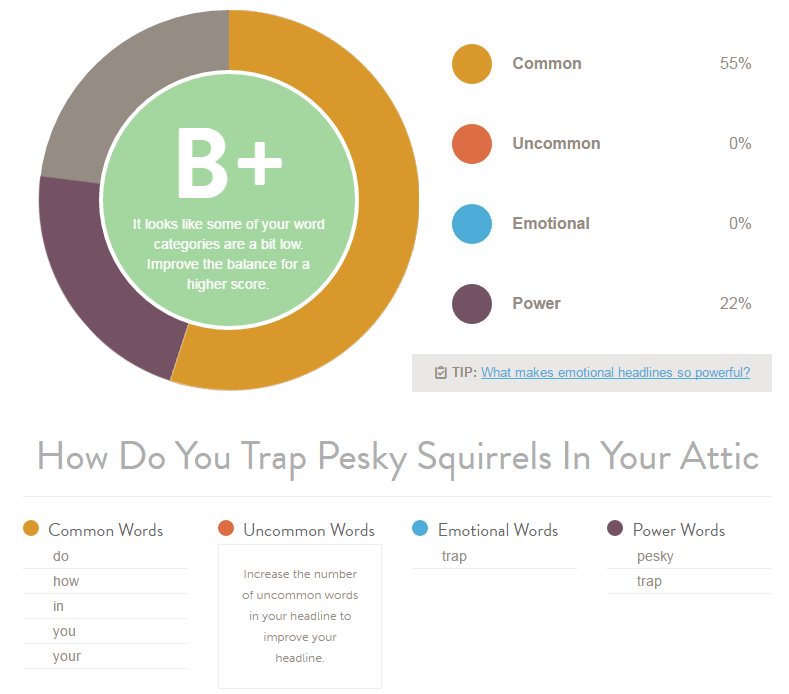
I see it all the time. A potential client has a blog, the posts are well-written and publishing had been consistent. Until it wasn’t. Now the blog sits lonely and neglected, gathering dust on the shelf of your website.
But it won’t sit quietly. No, it will scream to your site visitors that you don’t care. That you don’t have time, not just to write blog posts, but that you don’t have time to talk to them. Because that’s what your blog really is, a way to speak directly to your customers and educate them, entertain them, connect with them.
So how can you make sure they know you care?
Develop a plan. One that will ensure you’re sharing information relative to your target customers. One that will ensure you’re publishing consistently. One that will educate and/or entertain. One that definitely doesn’t scream, buy now!—because that’s not why people visit a blog. Going for the hard sell, and only promoting your products or services, will most certainly turn a lot of potential customers off.
You wouldn’t just show up to a marathon on race without preparing. Heck, I wouldn’t even do that for a 5K! You need to have the proper tools. If you’re training for a race, the right shoes make all the difference. In the case of a company blog, developing an editorial calendar can make all the difference between success and your blog gathering dust.
Besides just serving as a calendar to remind you when posts should publish, each post entry should specify who you’re writing for, title, topic description, internal (and external) links and keywords. (Yep, keywords still matter.)
Who Are You Writing For?
First things first. If you don’t understand your target customers, how can you produce content that they’ll find useful? That they’ll share and like on social media? This is where developing buyer personas for your top two or three customers can come in handy.
I recently started running again in the hopes of running a race this spring. I wondered why my knees hurt so bad, and I realized that it had to be the shoes. What do you know? A new pair made specifically for my running gait did the trick.
If you don’t have the right shoes, running becomes even more painful than it needs to be. Without the right content, your blog will never become the resource that it should be for your customers.
My husband Brian runs an animal removal company here in Northeast Ohio. His business partner, Dominic, does a great job keeping the company blog updated with content that speaks directly to their target customers: People who have squirrels, raccoons and skunks taking up residence in their attic or under their deck need them removed, and removed quickly.

In the screenshot above, the title of the post reflects a topic people with a squirrel problem would be interested in reading. It may help confirm that noise someone is hearing in their attic and prompt them to pick up the phone and call—and become a paying customer.
At the same time, just because you’re speaking to your target customer, doesn’t mean they want to read a blog post that’s more sales pitch than helpful information. This post educates first, then details the solution to the customer’s problem. Finally, a call to action at the end lets the reader know the next step is to call for a consultation. Don’t rush the sale; remember, it’s a marathon, not a sprint.
What’s It All About?
It may seem daunting, but plan out topics by the quarter. Taking time now to brainstorm ideas will save you stress down the road, and that goes a long way in ensuring that you’ll post consistently.
Seek inspiration from frequently asked questions from your customers and even your competition. A quick content search on Buzzsumo for “squirrels in the attic,” the topic from the post referenced above, shows similarly themed posts that have performed well on social media, including shares on Facebook, Twitter and Pinterest.

If a topic is good enough for similar company, it could perform well for yours as well. Be sure to put your own spin on it of course, as shown in the post, “How do You Catch Attic Squirrels?”
What Keywords Are You Targeting?
Yep, keywords still matter. Knowing that “squirrels in the attic” is a commonly searched phrase for a business like Frontline Animal Removal tells you that people are looking for information about that topic. Writing a blog post that answers the very question your customer is likely to ask when they pick up the phone to call you will go a long way to instilling confidence in your ability to solve their problem.
Knowing which keywords you’re targeting also clues you in on which internal pages you should link to on your site. A natural link for a post about “squirrels in the attic” would be the site’s Squirrel Removal page. The post is also tagged as such on the blog, allowing for site visitors to find other posts on the topic quickly and easily.

What Should You Title Your Post?
At the time you populate your editorial calendar, your title doesn’t have to be set in stone. But you should still come up with a working title. In the example above, the keyword naturally led to posing the question, “How Do You Catch Attic Squirrels?”
For this post, determining that it will be a “how to” post helps shape the content, which will naturally be a step-by-step summary of the process used for catching and preventing squirrels taking up residence in your home. It’s also a good idea to use CoSchedule’s Blog Post Headline Analyzer to see if you can make your headline even better to attract people’s attention in search results and on social media.
The original headline earned a score of 63 out of a 100:

You can improve the score to 74 by replacing “catch” with “trap,” and by adding the adjective, “pesky.” These are considered “power” words and create more interest for the reader.

What Do You Want the Reader to Do Next?
Finally, don’t leave your readers hanging. Let them know what you want them to do after they finish reading your post. If you don’t, you’re missing an opportunity to further educate or even convert a reader into a paying customer.
Your blog shouldn’t be a hard sell, but it doesn’t mean you can’t ask to take the next step toward that goal. Be sure to include a call to action column in your blog editorial calendar and tailor it to the buyer persona the post is targeting.
Which brings me to a natural conclusion for this post. Are you ready to develop your own blog editorial calendar? We’ve adapted this template to include the areas we’ve discussed, as well as a few to keep the post on track for consistent publishing.
Download Your Blog Editorial Calendar Template Today
